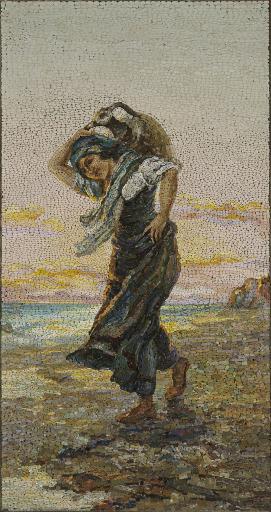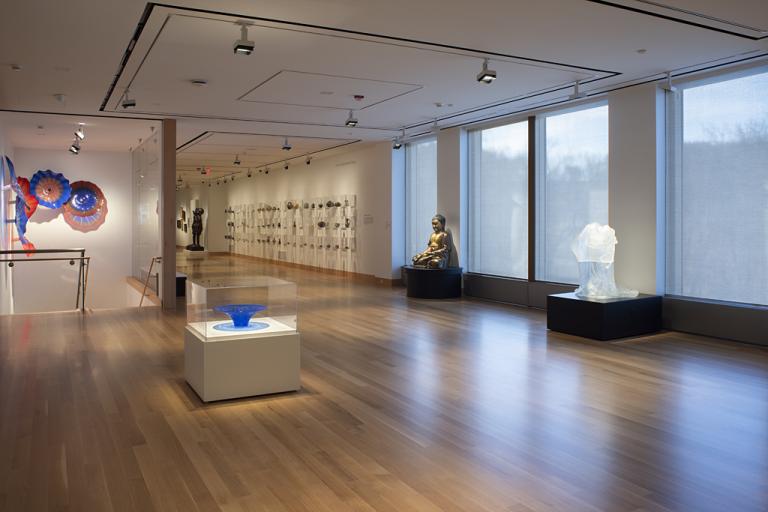Portatrice d'acqua (Water carrier), Ludovico Lucietto; Studio del Mosaico Vaticano
Artwork Overview
Ludovico Lucietto, artist
Studio del Mosaico Vaticano, manufacturer
active 1727–present
Portatrice d'acqua (Water carrier),
1920–1925
Where object was made: Italy
Material/technique: micromosaic
Dimensions:
Canvas/Support (Height x Width x Depth): 42.2 x 22.2 cm
Canvas/Support (Height x Width x Depth): 16 5/8 x 8 3/4 in
Frame Dimensions (Height x Width x Depth): 25 1/4 x 17 1/4 x 2 in
Canvas/Support (Height x Width x Depth): 42.2 x 22.2 cm
Canvas/Support (Height x Width x Depth): 16 5/8 x 8 3/4 in
Frame Dimensions (Height x Width x Depth): 25 1/4 x 17 1/4 x 2 in
Credit line: Gift of the Max Kade Foundation
Accession number: 1977.0061
On display: Kress Gallery
If you wish to reproduce this image, please submit an image request




